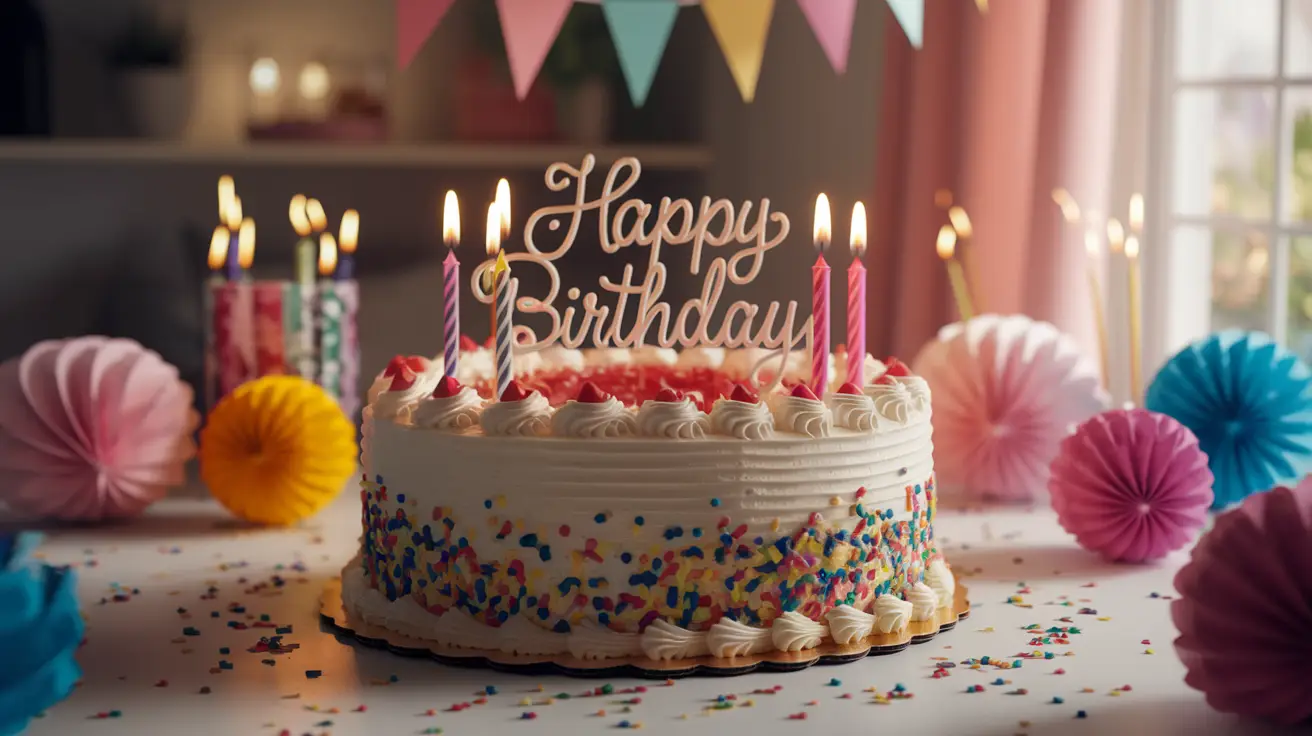There’s a growing magic to AI-generated images—some are so stunningly detailed, so lifelike, that you’d swear a human spent hours crafting them. The skin textures, the light reflections, the perfect blend of artistry and realism—it’s enough to fool even the sharpest eyes. But then, you ask the AI to add a bit of text, and the illusion shatters faster than a dropped iPhone screen. What was once a masterpiece now looks like an alien’s attempt at deciphering the Rosetta Stone. Text, it turns out, is where even the best AI falters, exposing the limitations lurking beneath the surface.
Why does this happen? The answer lies in how AI thinks—or rather, doesn’t think. As humans, we assume AI “knows” what it’s doing. After all, it just created a photorealistic portrait that could hang in a gallery, so surely it understands concepts like letters and words? Nope. AI doesn’t know it’s drawing a cat, placing a tree, or attempting (and failing) to write “Happy Birthday.” It doesn’t even know what a letter is. It’s simply juggling pixels and patterns based on the data it’s trained on, mimicking shapes without comprehending their meaning.
This becomes painfully obvious when text is involved. Words demand precision. Each letter has to align, each stroke must make sense in context. But most AI image generators weren’t designed to handle such demands. They focus on creating “the feel” of an image, not functional elements like legible fonts or clean kerning. That’s why even simple text like a name or a sign often morphs into a jumble of squiggly chaos.
And yet, there’s hope. Not all AI tools are created equal. Enter Ideogram.ai, a platform that’s making waves by handling text in images with surprising finesse. Unlike its peers, Ideogram can seamlessly integrate text into visuals, producing results that are not only legible but genuinely polished. It does this by focusing on typography and spatial harmony, ensuring that words look as intentional as the surrounding image. Imagine that: AI that doesn’t turn “Happy Birthday” into “Hrpfl Blirtday.”
Even better, Ideogram offers photorealistic options, elevating it above its competition. It’s not perfect—no AI is—but it’s miles ahead in ensuring your AI-generated masterpiece doesn’t unravel when someone asks for a caption. Use it, and you might just fool your friends into wondering, “Wait, was this done by AI or… a human?” Now that’s a twist.
So, if you’re tired of mangled typefaces ruining your otherwise stunning AI creations, give Ideogram a try. You might just start using images where people stop and wonder. And isn’t that the whole point of art—AI or otherwise?

